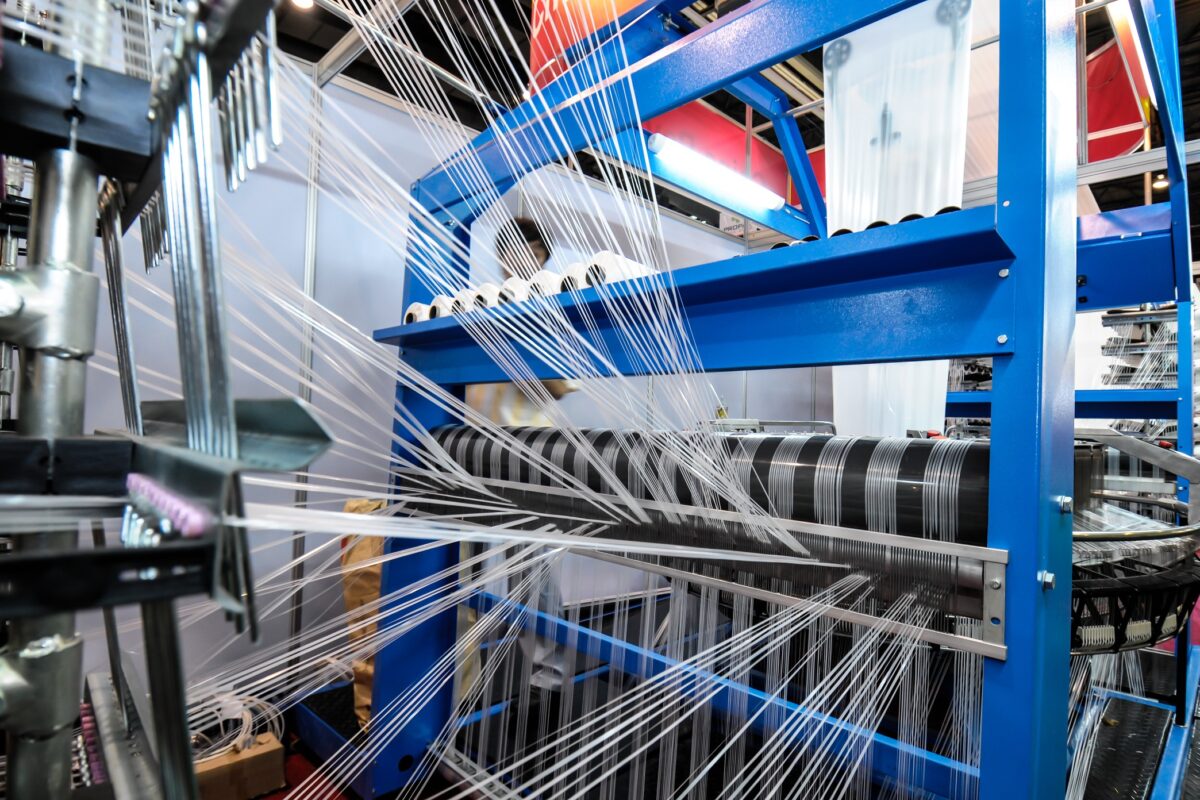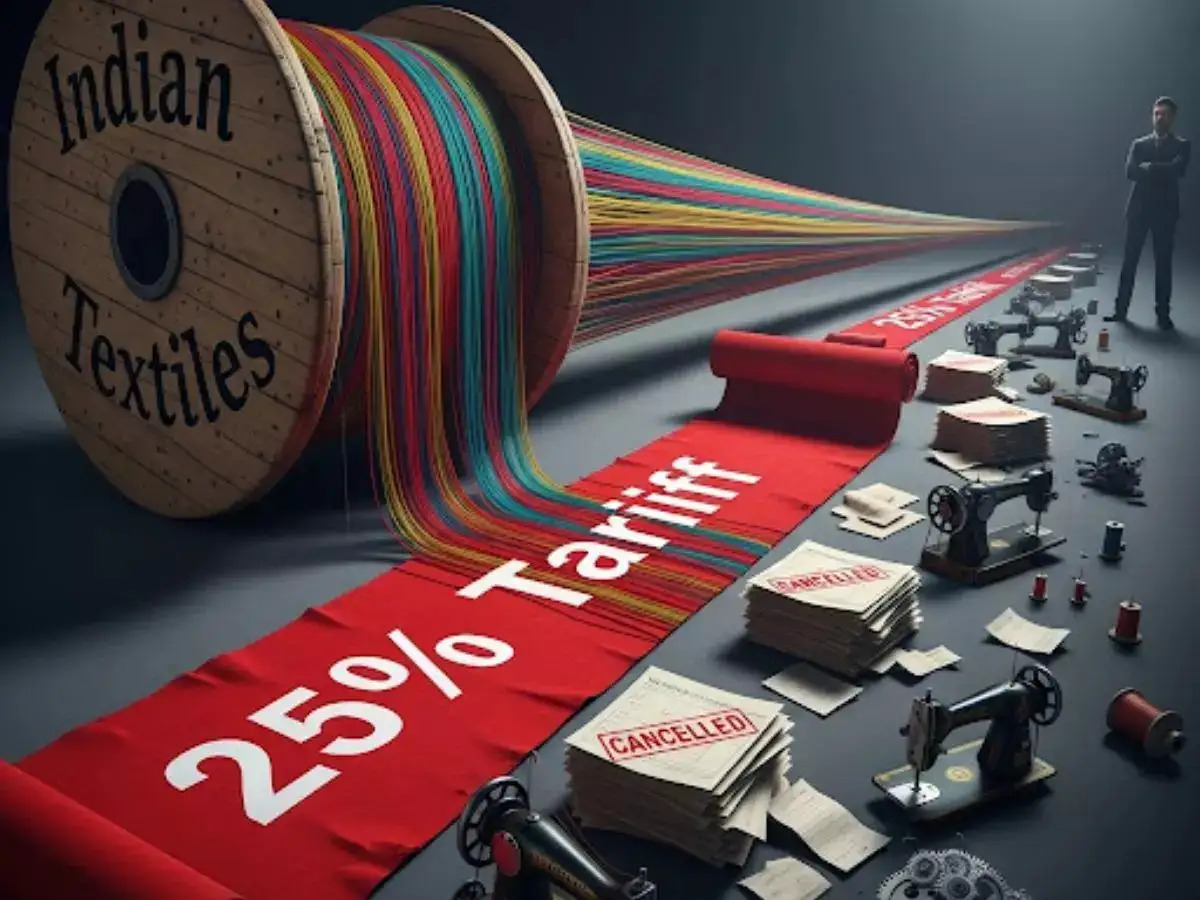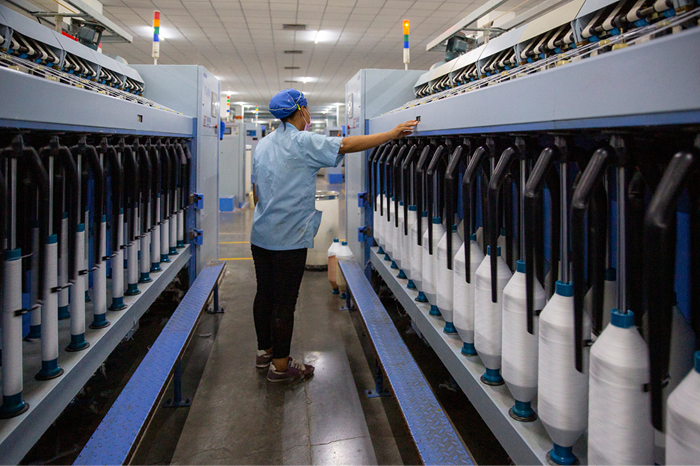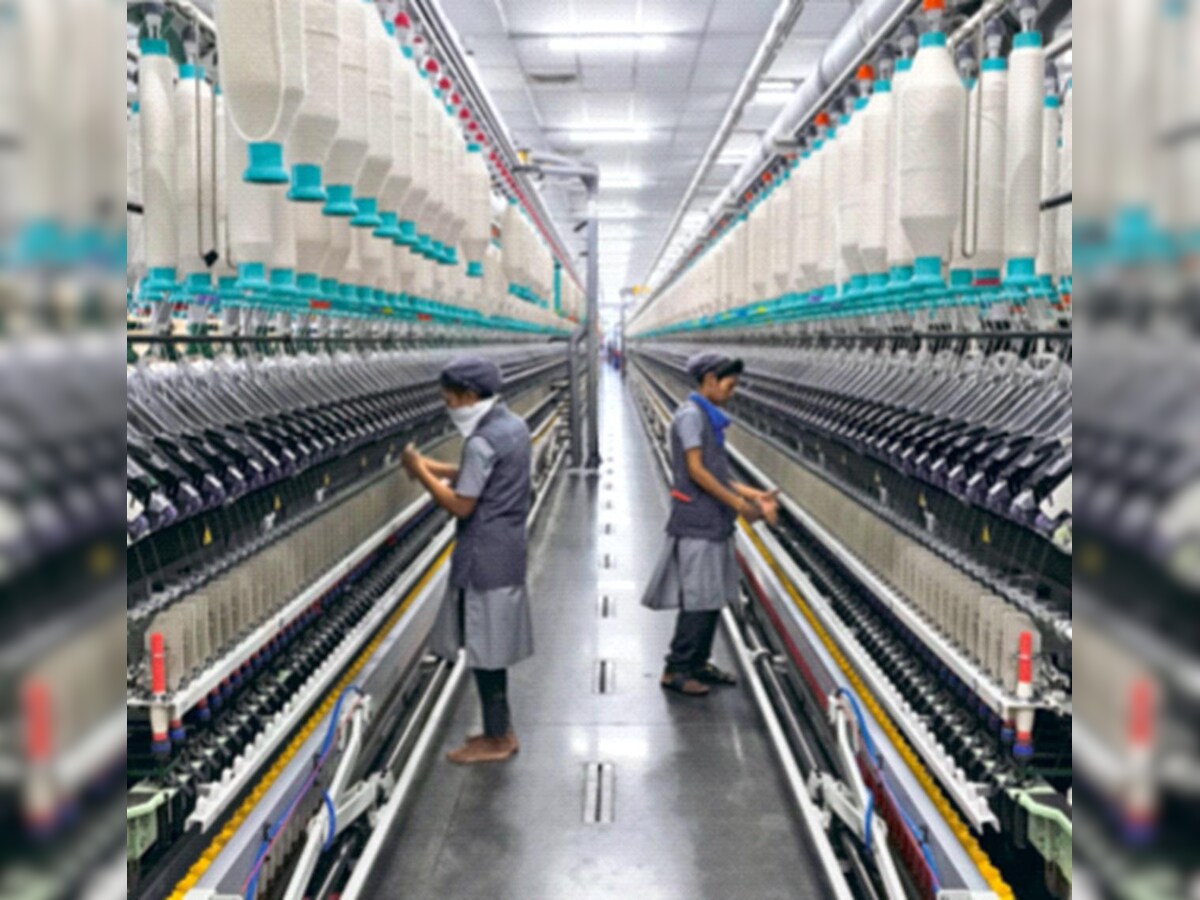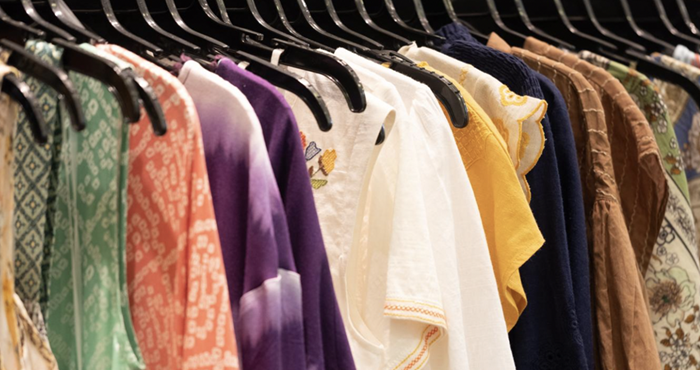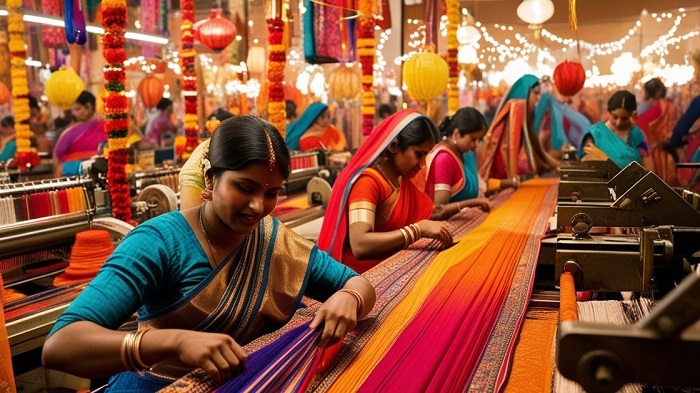
India's textile industry is poised for a period of substantial growth, capitalizing on disruptions in competing markets that are opening up new opportunities for Indian exporters. This growth is expected to have a significant impact on the Indian domestic market and its supply chain, says a recent JM Financial report.
Key findings of the JM Financial Report
The JM Financial report highlights several key factors contributing to this optimistic outlook:
Shifting global landscape: Instability in key textile-producing countries like Bangladesh, grappling with political instability and logistical complexities, is prompting international buyers to explore alternative sourcing options. India, with its established textile industry and supportive government policies, is emerging as a favorable choice.
Competitive edge: The normalization of cotton and yarn prices in India, combined with a narrowing price gap between Indian and Chinese cotton, further strengthens India's competitive advantage in the global market. This price stability is crucial for Indian textile manufacturers, allowing them to offer competitive prices while maintaining healthy profit margins.
Expanding market share: India's apparel exports share in key markets like the US and the UK has steadily increased. In 2024, India holds a 7 per cent share in the US apparel import market and a 6 per cent share of the UK market, up from 6 per cent and 5 per cent respectively in 2023. This growth demonstrates India's increasing competitiveness and ability to meet the demands of international buyers.
Strategic trade agreements: The recently implemented UK-India Free Trade Agreement is expected to boost Indian textile exports by reducing trade barriers and enhancing market access. This agreement provides a significant advantage for Indian exporters, allowing them to compete more effectively in the UK market.
Red sea crisis and freight costs: The global textile industry has been facing challenges due to the Red Sea crisis, which has led to inflated freight costs and extended transportation times for shipments between the East and West. However, the report suggests increased freight costs are expected to decrease in coming months as peak season shipments ease and the Red Sea issue subsides. This anticipated reduction in freight costs will further improve margins for Indian companies.
China+1 strategy: Rising labor costs in China and the diversification of sourcing strategies by international retailers, known as the China+1 strategy, are contributing to China's declining market share in the global textile market. This shift is creating new opportunities for Indian exporters to capture a larger share of the global market.
Inventory de-stocking cycle: The end of the global inventory de-stocking cycle is expected to boost demand for textiles in the second half of the year as retailers replenish their stocks and prepare for the holiday season. This increased demand presents a favorable opportunity for Indian exporters to increase their sales and expand their market presence.
While these global disruptions pose challenges to the international textile industry, they also present significant opportunities for India. This shift in the global landscape is expected to have a profound impact on the Indian domestic market and its supply chain.
Table: Feature of the Report
|
Textile industry at a glance |
Details |
|
Market Size in 2024 |
$240.8 bn |
|
Projected Market Size in 2033 |
$475.7 bn |
|
Market Size in 2023 |
$226 bn |
|
CAGR Growth Rate |
6.84% CAGR |
|
Export Value (2023-24) |
$ 41.1 bn |
|
Global Export Ranking |
4th |
Impact on the domestic market and supply chain
The anticipated growth in the textile sector is expected to bring both benefits and challenges to the Indian domestic market and supply chain.
Increased employment: As production grows to meet rising demand, the textile sector, already the second-largest employment generating sector in India , is expected to create even more jobs, particularly in rural areas where a significant portion of the population relies on the textile industry for livelihood. This job creation will contribute to economic development and improve living standards in these regions.
Economic growth: The growth in textile exports will contribute significantly to India's foreign exchange earnings and GDP, further stimulating economic development and strengthening the country's position in the global economy.
Investment in infrastructure: Increased textile production is likely to encourage investment in infrastructure, including textile parks, manufacturing units, and logistics facilities. This investment will not only support the textile industry but also contribute to the overall development of the manufacturing sector in India.
Boost to ancillary industries: Growth in the textile sector will also benefit ancillary industries such as dyeing, printing, and textile machinery manufacturing. This ripple effect will create a positive growth cycle across various sectors of the Indian economy.
Technology upgradation: The Indian textile industry is increasingly adopting automation and advanced machinery to boost efficiency, reduce costs, and improve the precision and quality of textiles and garments. This technological upgradation is enhancing the competitiveness of Indian textile manufacturers in the global market.
E-commerce growth: The rise of e-commerce platforms in India is creating new opportunities for textile companies to reach a wider customer base, both domestically and internationally. This online expansion is opening up new markets and sales channels for Indian textile products.
Growing domestic demand: Increasing demand for premium quality clothing and footwear items within India is driving growth in the domestic textile market. This rising domestic consumption is contributing to the overall growth of the textile industry.
Potential challenges
Raw material sourcing: While India is a major cotton producer, it still relies on imports for certain types of cotton and other raw materials. Ensuring a consistent and affordable supply of raw materials will be crucial to sustain growth and avoid supply chain disruptions.
Infrastructure bottlenecks: Inadequate transportation systems, power shortages, and outdated technology in some parts of the country could hinder the efficiency of the textile manufacturing process and increase production costs. Addressing these infrastructure challenges is essential to maintain competitiveness.
Skilled labor shortage: Meeting the increased demand for skilled labor will require significant investment in training and development programs to ensure a skilled workforce for the expanding textile industry.
Sustainability concerns: The textile industry faces growing pressure to adopt sustainable practices and address environmental and social concerns, such as water pollution, waste management, and fair labor practices. Meeting these sustainability standards is crucial for long-term growth and maintaining a positive brand image.
Overall the JM Financial report paints a positive picture for the Indian textile sector. By capitalizing on the opportunities presented by global disruptions and addressing the associated challenges, India has the potential to not just replace competing markets but also capture new markets due to its competitive advantages. This growth trajectory will not only benefit the textile industry but also contribute significantly to the overall Indian economy, creating jobs, boosting exports, and driving economic development.

